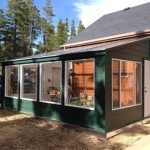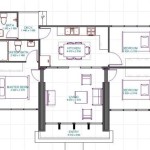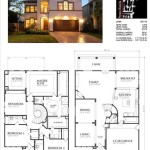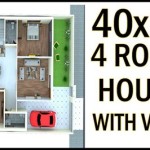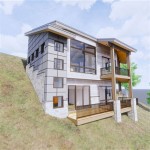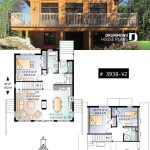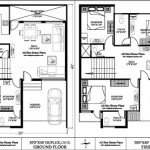Essential Aspects of House Floor Plan Design for a Bungalow
Bungalows, characterized by their single-story layout and charming exteriors, hold a special place in architectural history. Designing a bungalow floor plan involves careful consideration of several key aspects to maximize comfort, functionality, and aesthetic appeal. Here are some essential aspects to keep in mind:
1. Open and Flowing Layout
Bungalows are renowned for their open and airy interiors that foster a sense of spaciousness. A well-designed floor plan seamlessly connects living areas, creating a natural flow between rooms. Open-plan concepts are popular as they allow for flexibility in furniture placement and enhance natural light, making the home feel larger.
2. Maximizing Natural Light
Natural light is vital for creating a welcoming and bright atmosphere within a bungalow. Large windows, skylights, and French doors should be strategically placed to harness daylight and reduce reliance on artificial lighting. Pay attention to the orientation of rooms, ensuring that living areas receive ample sunlight throughout the day.
3. Efficient Kitchen Design
The kitchen is often the heart of a bungalow, so its design should prioritize functionality and convenience. A well-laid-out kitchen features efficient work triangles (sink, refrigerator, and stove) that optimize movement and minimize steps. Consider incorporating an island or peninsula to provide additional counter space and storage.
4. Well-Defined Living Spaces
Clearly defined living areas are crucial for creating a comfortable and inviting home. The floor plan should distinguish between formal and informal living spaces, such as a separate dining room, family room, and living room. Each area should have a designated purpose and appropriate furnishings to foster a sense of coziness and privacy.
5. Ample Storage
Storage is essential for maintaining an organized and clutter-free bungalow. Consider incorporating built-in storage solutions, such as cabinets, shelves, and drawers, throughout the home. Dedicate specific areas for storage, such as a mudroom, pantry, or linen closet, to keep belongings out of sight yet easily accessible.
6. Outdoor Living Integration
Bungalows often feature seamless indoor-outdoor connections. Patios, decks, or verandas should be incorporated into the floor plan to extend living spaces outdoors. These areas provide opportunities for relaxation, entertainment, and enjoying the surrounding environment.
7. Consideration of Privacy
While open floor plans offer a sense of spaciousness, privacy should not be overlooked. The floor plan should incorporate elements that create separation between private and public areas, such as hallways, pocket doors, or strategic room placement. Bedrooms, bathrooms, and other intimate spaces should be located away from high-traffic areas.
Designing a bungalow floor plan is a process that requires careful planning and attention to detail. By considering the essential aspects outlined above, you can create a home that is both functional and aesthetically pleasing, providing a comfortable and inviting living environment for years to come.

Your Guide To Bungalows What Is A Bungalow House And More Houseplans Blog Com

Free Lay Out And Estimate E Bungalow House Floor Plans Simple Designs

Your Guide To Bungalows What Is A Bungalow House And More Houseplans Blog Com

Modern Style With 2 Bed 1 Bath Bungalow House Plans Design

Bungalow House Plans From Don Gardner Houseplans Blog Com

Small Bungalow House Plans We Love Blog Dreamhomesource Com

Small Bungalow House Plans We Love Blog Dreamhomesource Com

Three Simple But Charming Bungalow Designs With Bedrooms Ulric Home In 2024 Beautiful House Plans Model Plan Small Blueprints

Bungalow House Plans From Don Gardner Houseplans Blog Com

Althea Elevated Bungalow House Design Pinoy Eplans

